- Release Date:
Japanese alphabet pronunciation
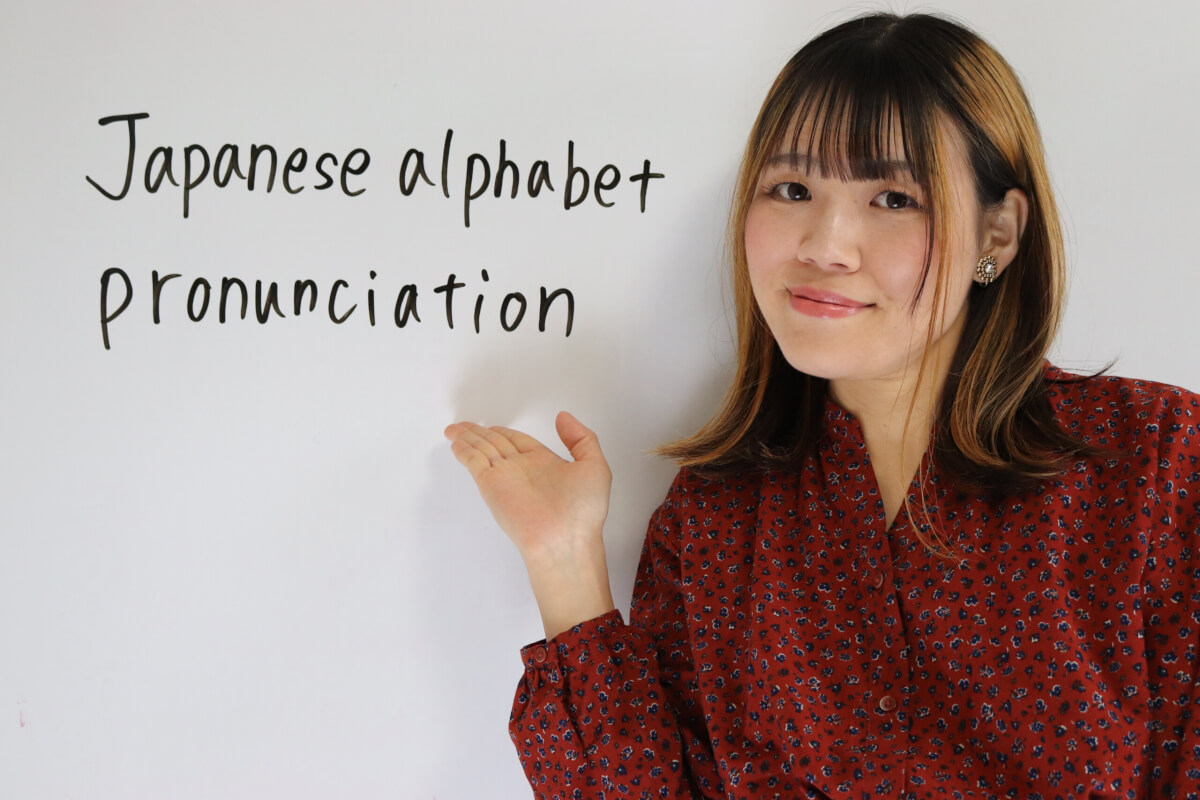
I would like Japanese learners to learn pronunciation as well as Japanese characters.
When you start learning, you may find that native speakers' pronunciation is often too fast for you to understand. In such cases, it is best to learn the pronunciation of the characters one by one carefully.
The good news, however, is that Japanese has only a few vowels, so pronunciation is not that difficult.
In this article, we will study the pronunciation of the Japanese language.
How to pronounce Japanese alphabets?
To study Japanese pronunciation, let's first look at how Japanese vowels and consonants are pronounced.
Pronunciation of Japanese Vowels
There are only five vowels in Japanese. So, it is said to be easy actually.
There are five vowels in Japanese: a i u e, and o
Vowel [a]

The Japanese vowel "あ" is pronounced by opening the mouth wide, lowering the tongue, and producing "a" sound.
Vowel [i]
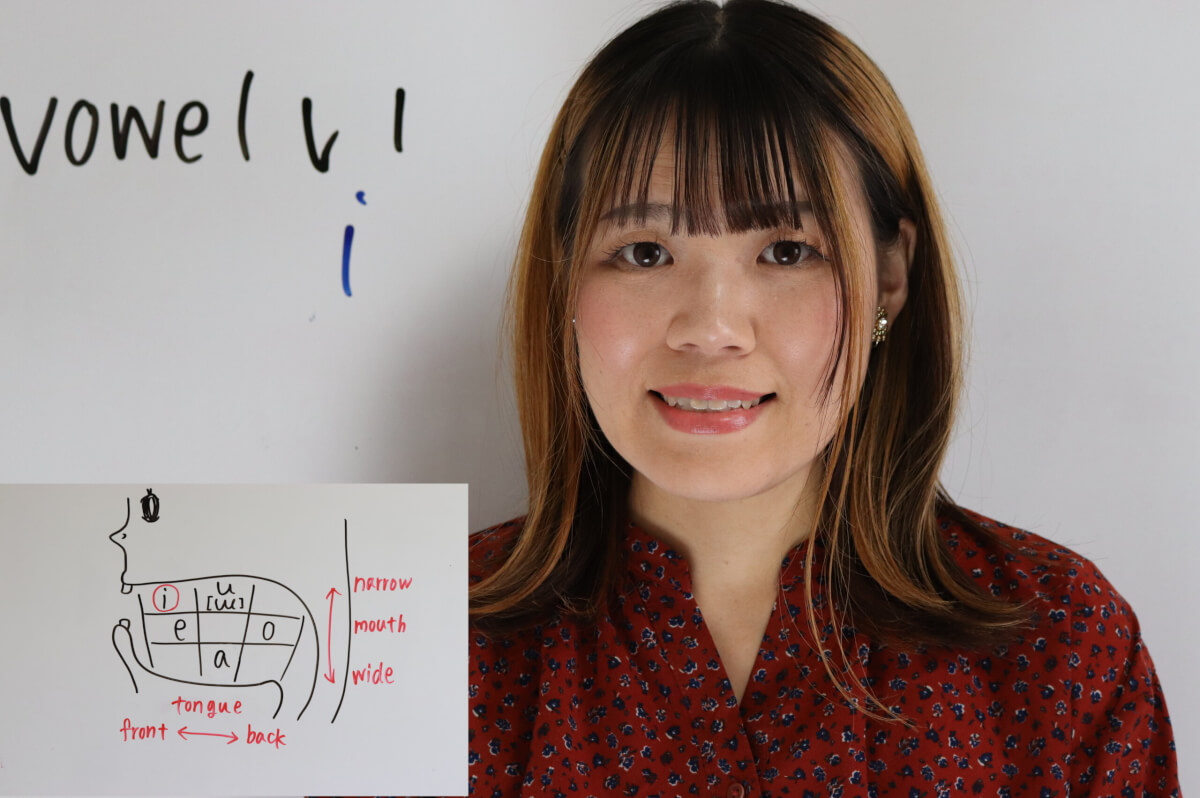
The Japanese vowel "い" is pronounced by partially opening the mouth, raising the tongue upwards, and producing "i" sound from the front.
Vowel [u (Ɯ)]

The Japanese vowel "う" is pronounced by rounding the lips, partially opening the mouth, moving the tongue backward, and producing "u[Ɯ]" sound.
Vowel [e]

The Japanese vowel "え" is pronounced by partially opening the mouth, placing the tongue in a neutral position, and producing "e" sound.
Vowel [o]
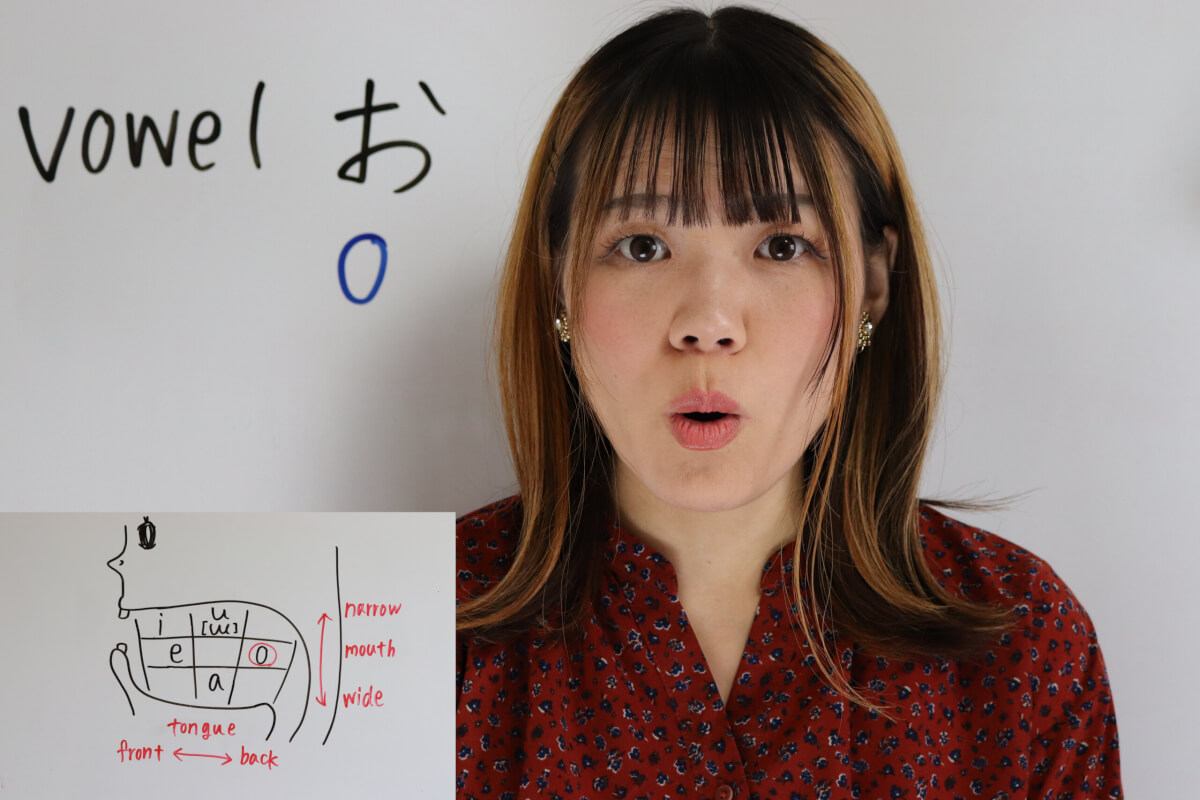
The Japanese vowel "お" is pronounced by rounding the lips, opening the mouth widely, placing the tongue in a neutral position, and producing "o" sound.
Pronunciation of Japanese consonants
There are approximately 14 consonants in Japanese. The number of consonants in Japanese is actually much larger if all the minor pronunciation differences are included.
To study them all would require a study of Japanese phonetics, but since I assume that most people reading this are at not upper level I would like to introduce the basic 14 consonants.
The basic Japanese consonants here we will introduce are k, s, t, n, h, m, y, r, w, g, z, d, b, and p.
The vowels of the syllabary "a i u e o" will be added to the 14 consonant sounds. Let's take a look at how the consonants are pronounced in the mouth.
Consonant [k, g]
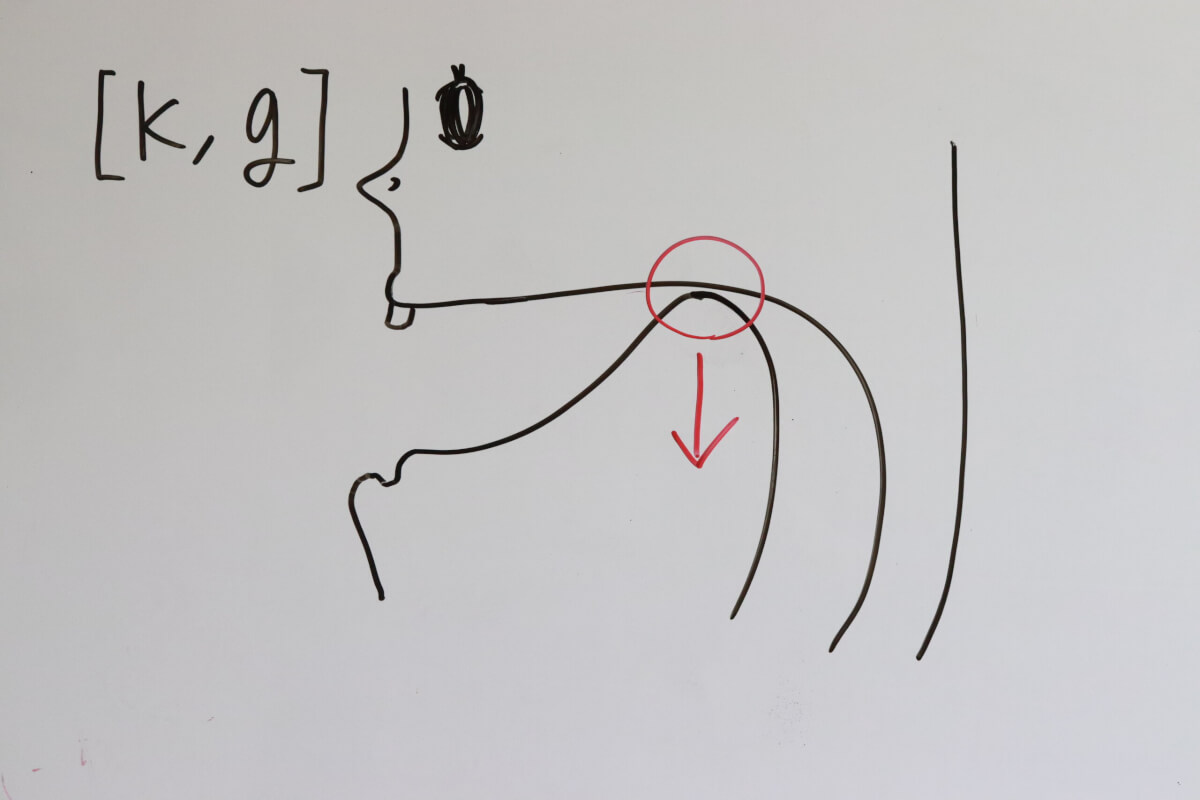
Put your tongue at the back of your mouth and then quickly drop it while exhaling air to make the "k" or "G" sound.
Consonant [s, z]
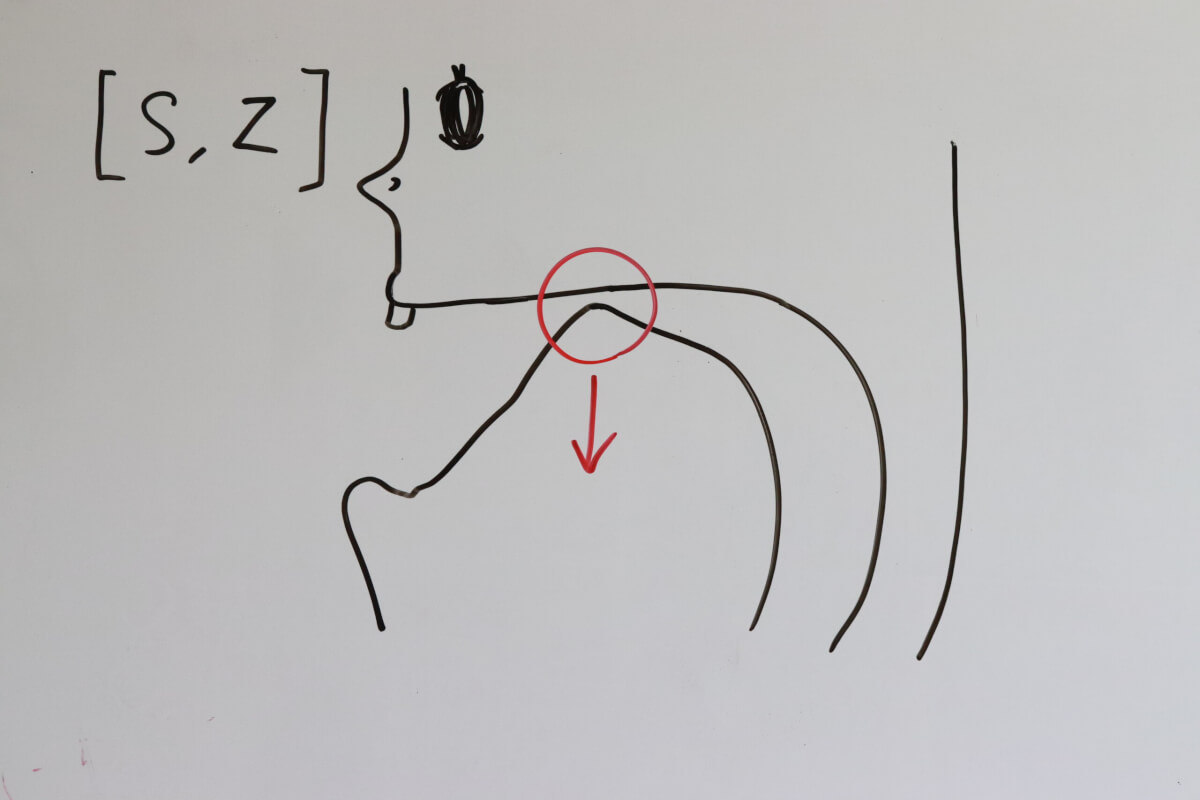
Open your mouth slightly, touch your tongue to the roof of your mouth behind your front teeth, and exhale air to produce the "s" or "Z" sound.
Consonant [t, d]
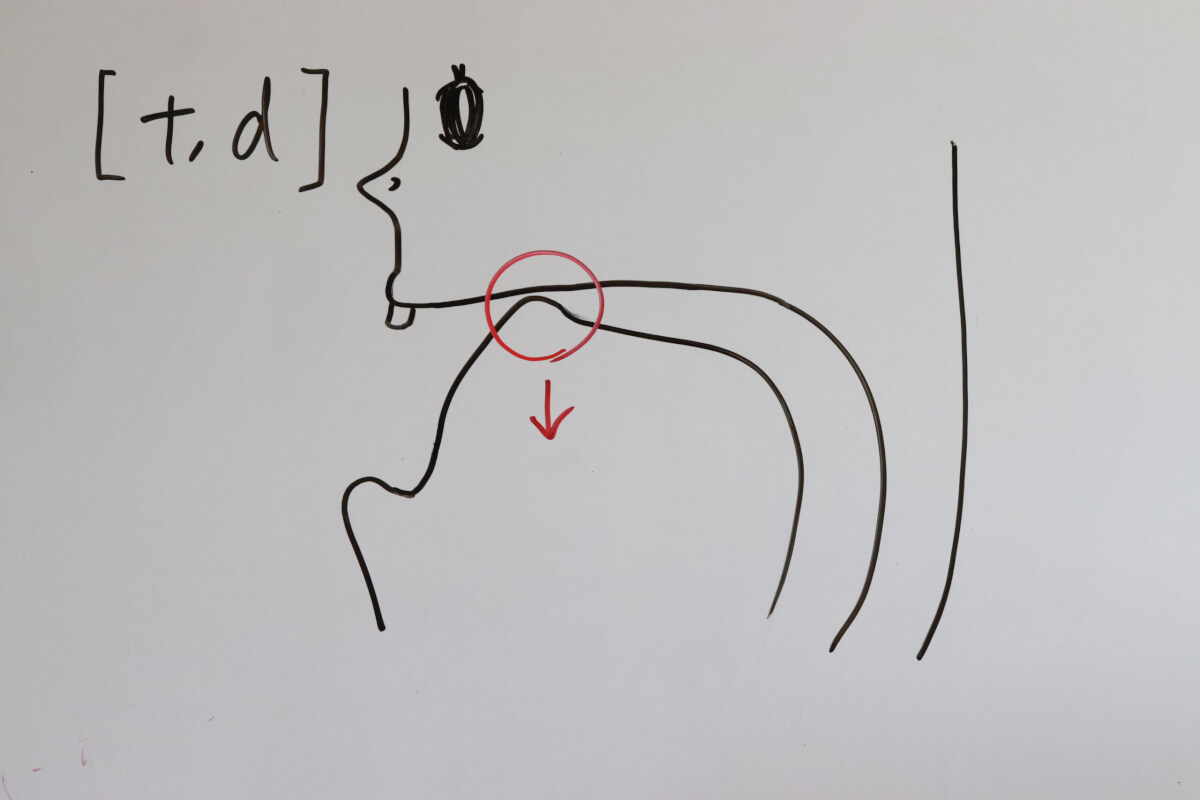
Close your mouth, touch your tongue lightly to the roof of your mouth behind your front teeth, and release a sudden burst of air to produce the "t" or "d" sound.
Consonant [n]
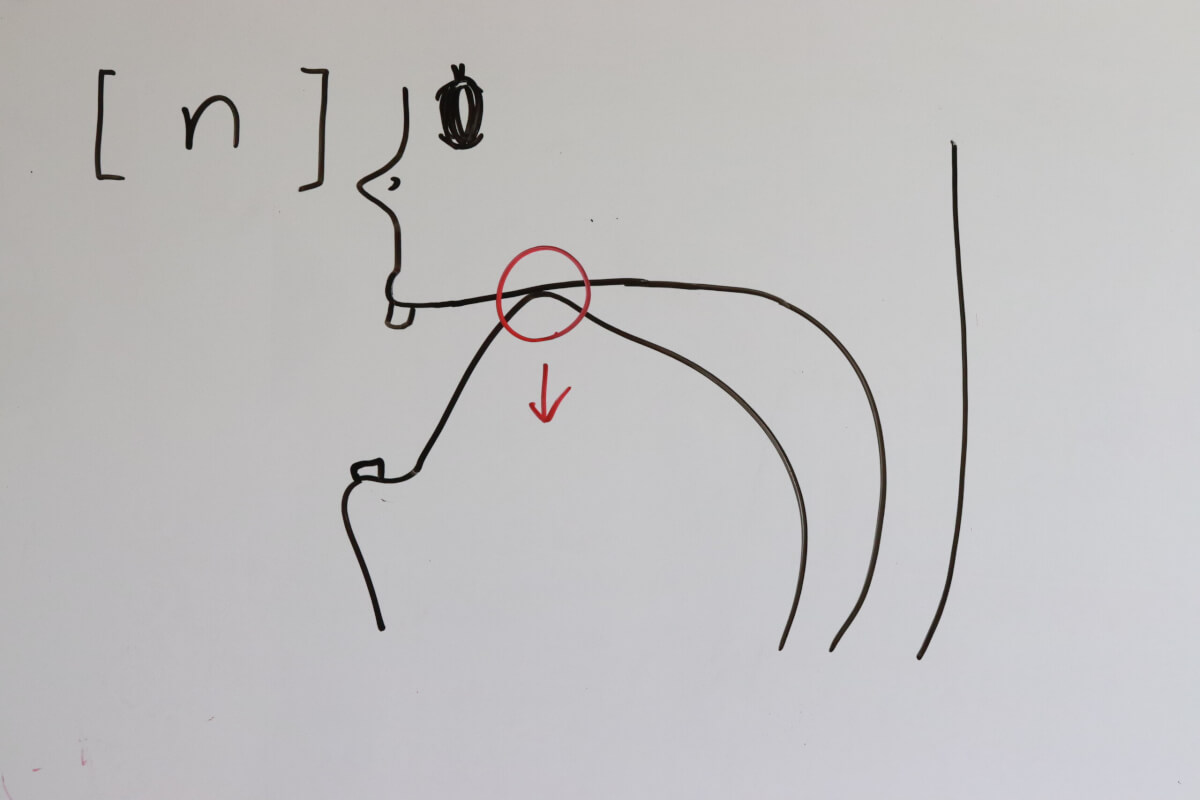
Press your tongue against the roof of your mouth and exhale through your nose to produce the "n" sound.
Consonant [h]
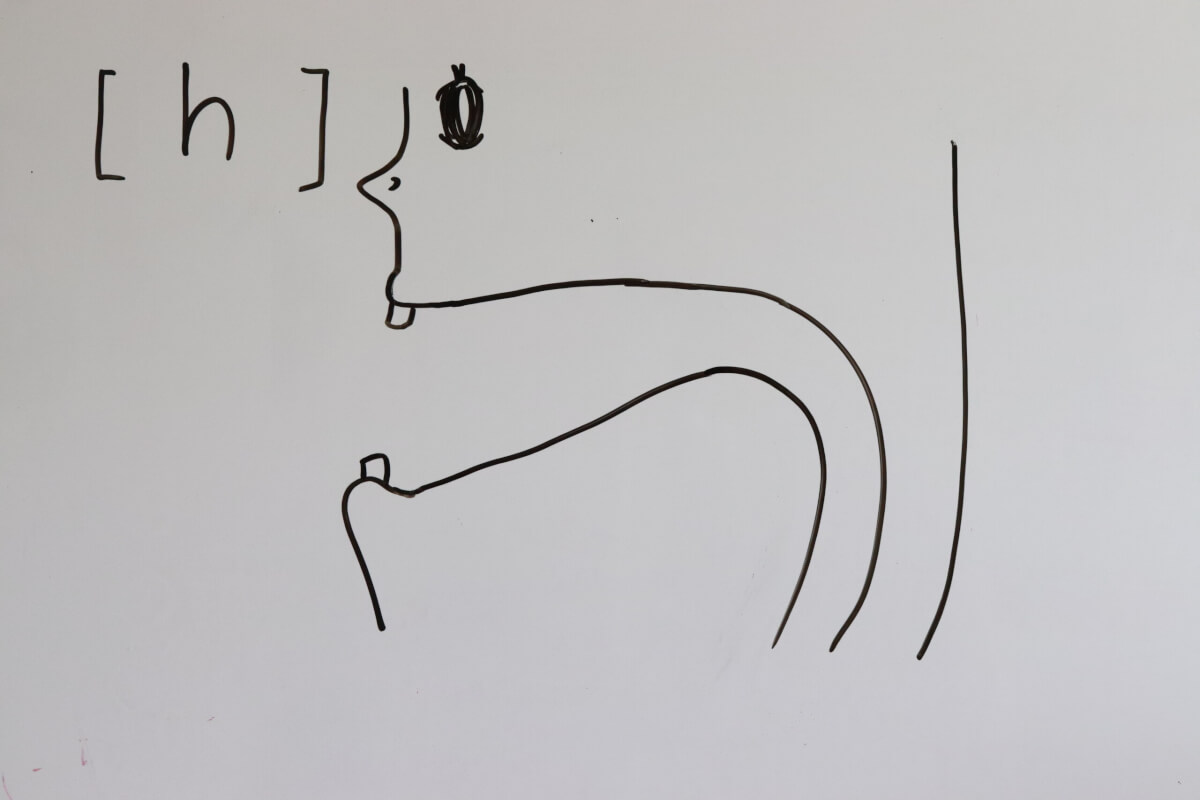
Open your mouth and exhale while slightly constricting the back of your throat to produce the "h" sound.
Consonant [m]

Close your lips and exhale through your nose to produce the "m" sound.
Consonant [y]
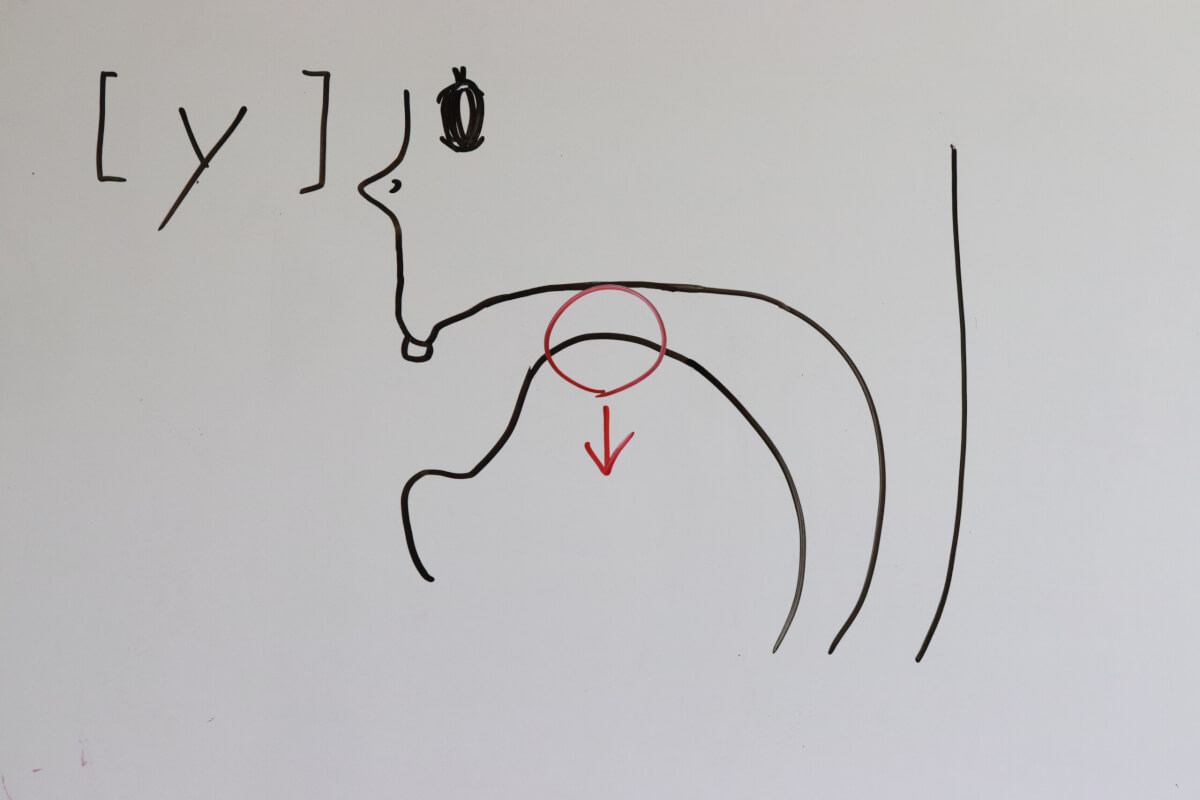
Press your tongue against the roof of your mouth, slightly part your lips, and exhale to produce the "y" sound.
Consonant [r]
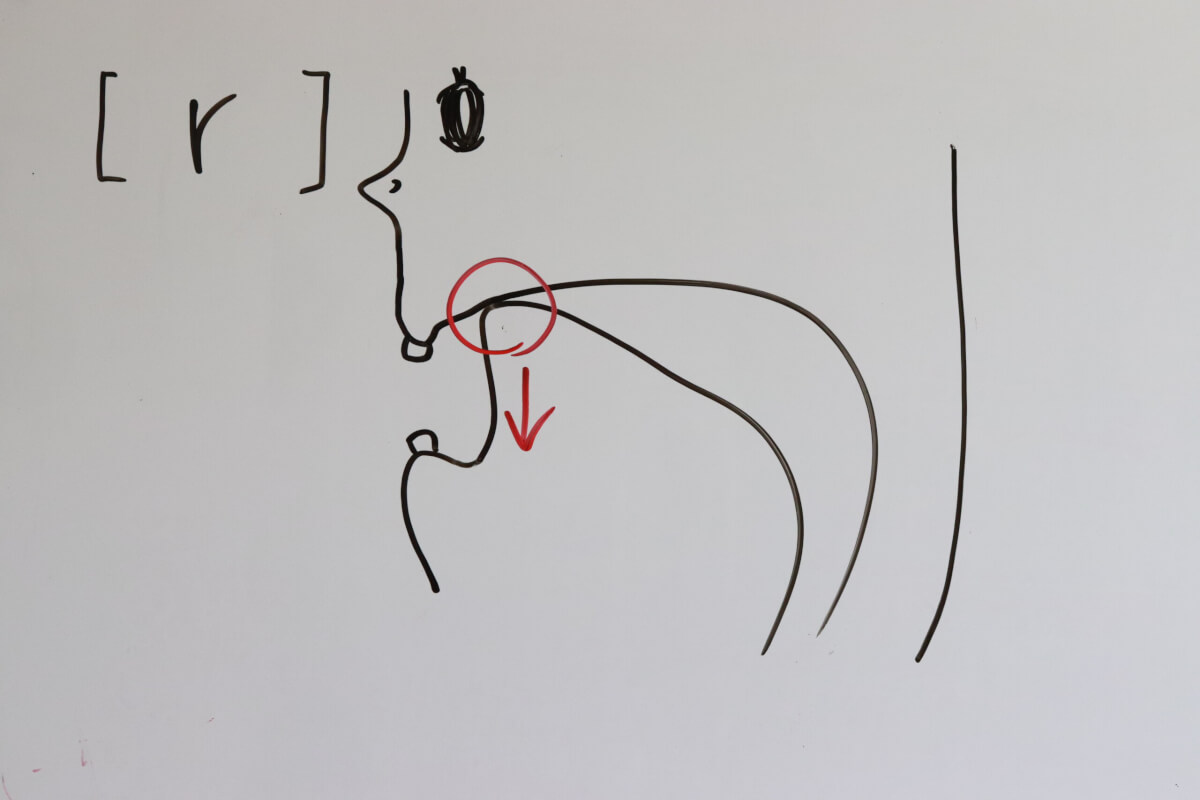
The pronunciation of the Japanese consonant "R" is different from that of other languages' "R". It involves briefly touching the tip of the tongue against the area behind the upper front teeth and then flicking it away to produce R sound.
Consonant [w]
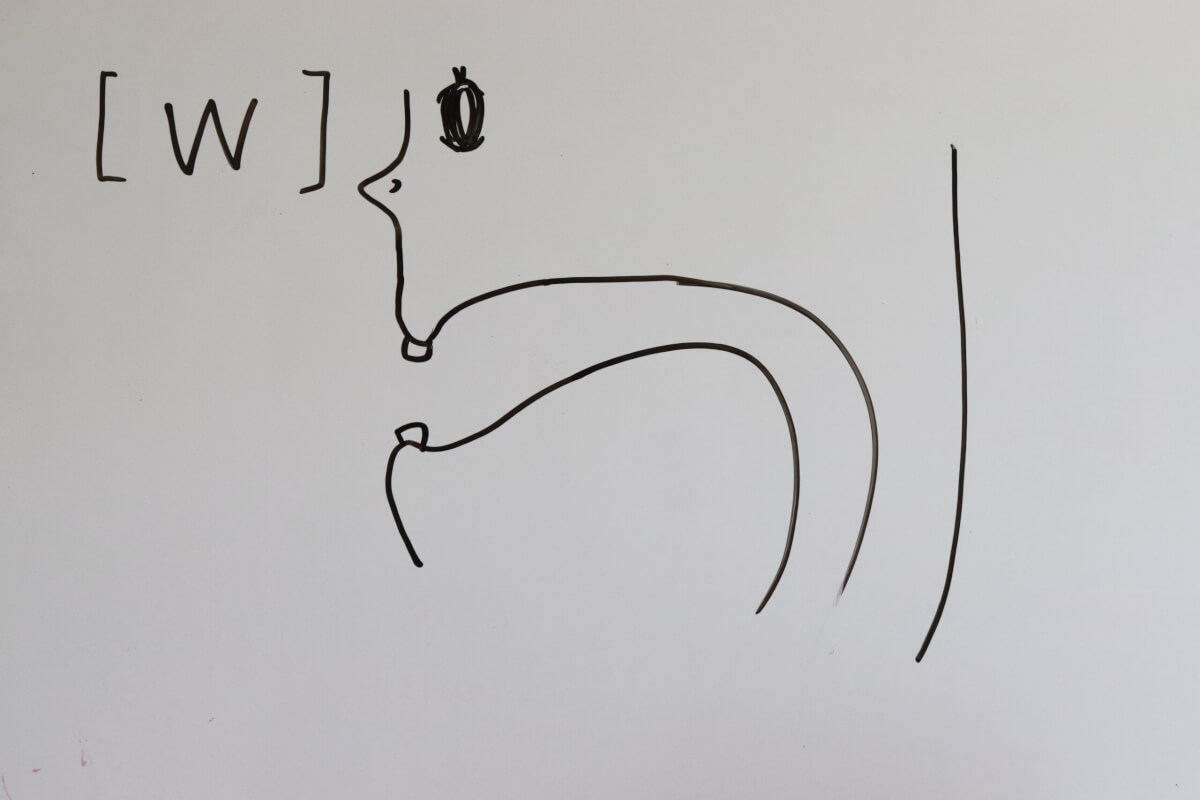
Round your lips and exhale to produce the "w" sound.
Consonant [p, b]

Close your lips, stop airflow briefly, then release to produce the "b" sound.
The difference between Japanese and English pronunciation
The first difference between Japanese and English pronunciation is the number of vowels and consonants.
While Japanese has 5 vowels, English has at least 15. There are also about 20 consonants in English, which is more than the number of consonants in Japanese.
R and L are two of the most difficult sounds for Japanese people to pronounce. They are pronounced differently in English, of course, but in Japanese, they are pronounced similarly to R and L, only one. The pronunciation of "R" in Japanese is about between R and L in English.
So for Japanese people, the pronunciation of R and L in "Rain, ring, jewelry", etc. is very difficult. But for English speakers, if you separate the R and L pronunciations, it does not sound like Japanese speakers.
Pitch accent is important in Japanese
The pitch accent of Japanese is also important.
For example, the word "ame" has two words in Japanese.
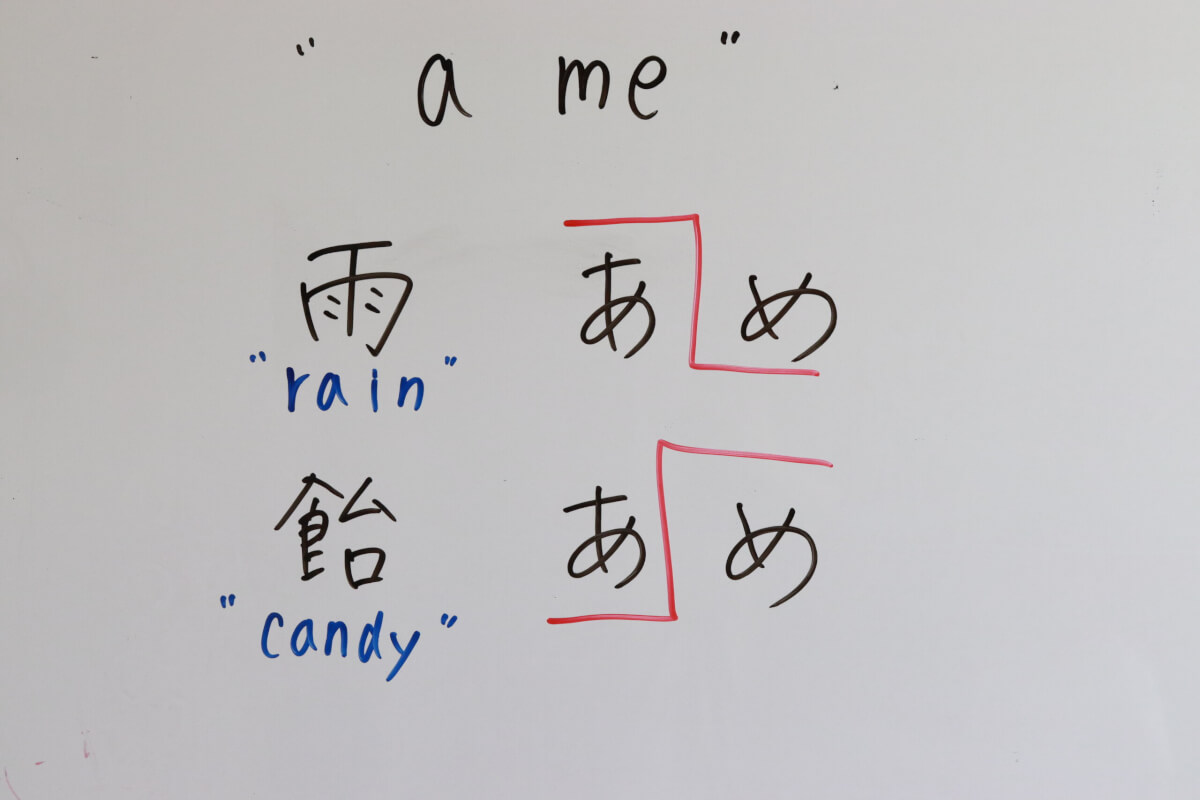
- 雨 /a↑me↓/ rain
- 飴 /a↓me↑/ candy
Even though they are read the same way, they are completely different words if you separate them by their high and low pitches.
English also has a stress accent. However, it may not be the same as in Japanese, where the difference in pitch accent changes the word's meaning.
Katakana English is a hurdle for native English speakers
Japanese language has katakana English (or "wasei eigo"). Native English speakers find it very difficult.
Many katakana pronunciations, especially those with a flat but strong English accent, are not understood by Japanese.
For example, McDonalds is マクドナルド /ma ku do an ru do/ in Japanese, but in English there is a strong accent on the M and D. This pronunciation is difference in accent, but many of these words are completely different between English and Japanese.
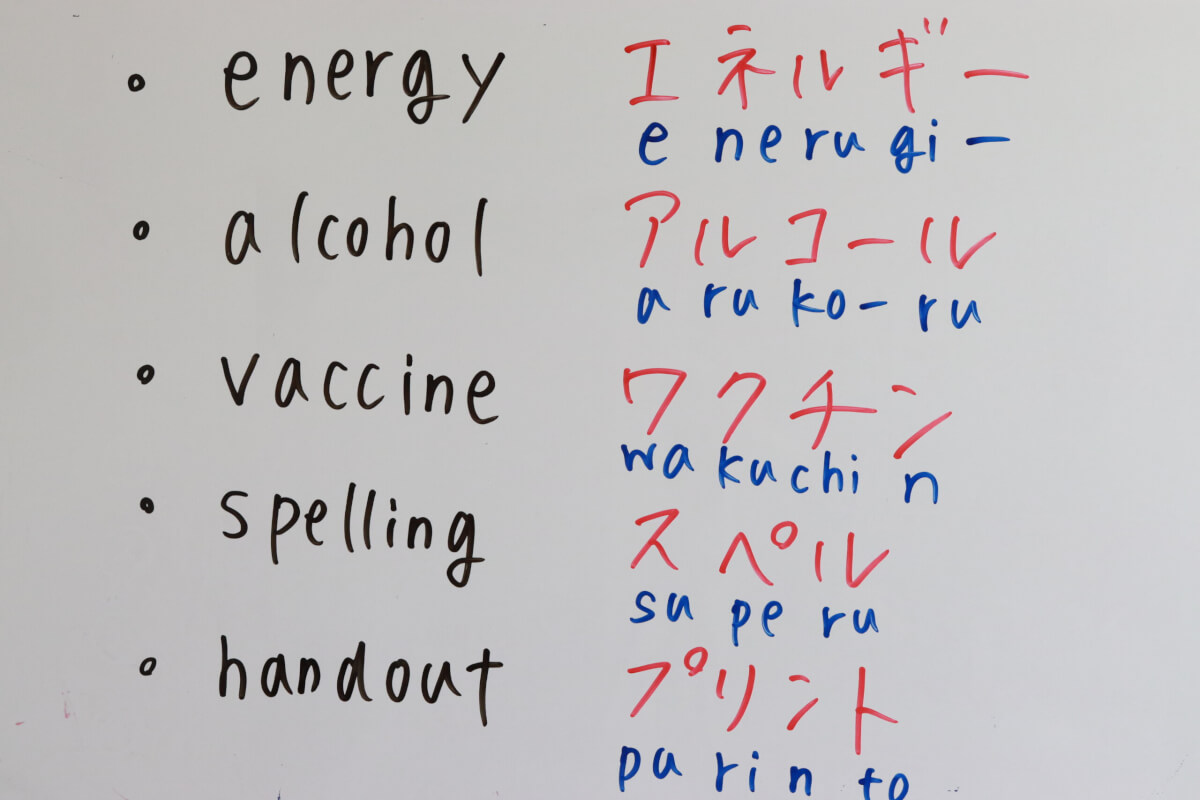
- Energy is エネルギー /e ne ru gi-/
- Alcohol is アルコール /a ru ko- ru/
- Vaccine is ワクチン /wa ku chi n/
These are Japanese-English words, so English speakers may not be able to understand them in Japanese.
Katakana words are especially difficult for English speakers.
The most difficult pronunciation for learners
I once posted a difficult Japanese pronunciation on social media that was difficult to pronounce.
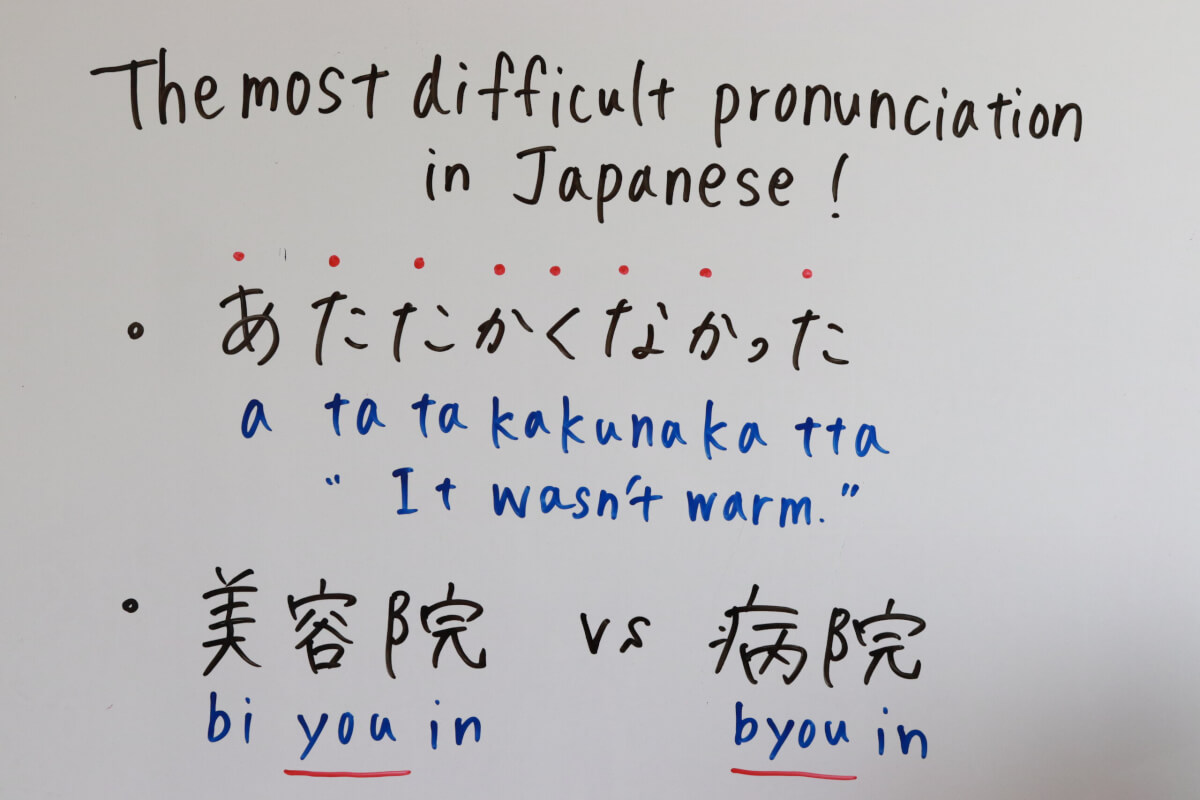
It is あたたかくなかった /a ta ta ka ku an ka tta/ "it was not warm".
Surprisingly, the Japanese pronunciation is not more difficult for native Spanish speakers than for English speakers, but this word is still difficult for everyone. It is indeed difficult to say when followed by the "ta" sound in a row. Even Japanese people do.
Then there are the sounds of extension and non-extension, "びよういん /bi yo u i n/ beauty salon" and "びょういん /byo u i n/ hospital," which my students always say are difficult when I teach them.
It is good to know that some words like these are difficult to pronounce in learning the Japanese language.
